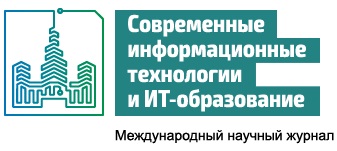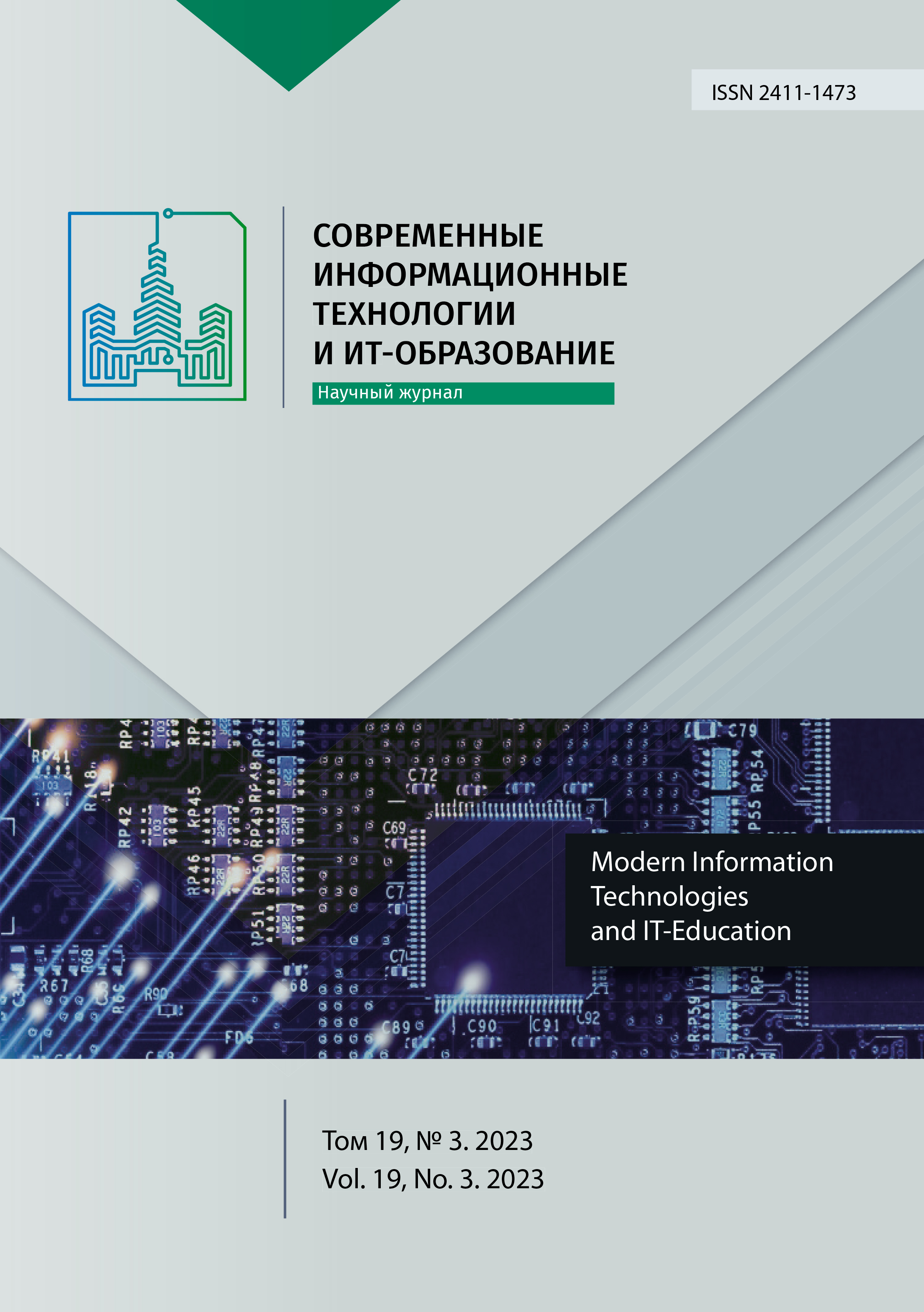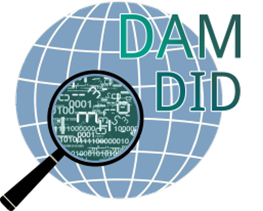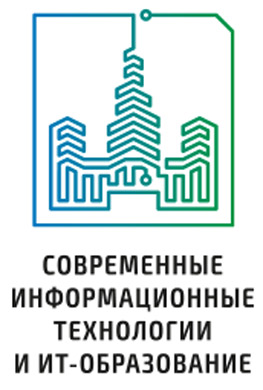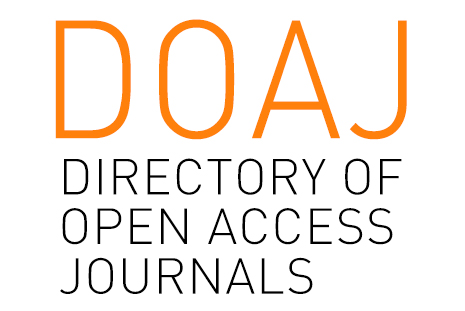Трансформация отраслевого управления в ракетно-космической промышленности на основе цифровых технологий
Аннотация
В статье рассмотрены основные аспекты, тренды и подходы к цифровой трансформации предприятий ракетно-космической промышленности зарубежных стран. Рассмотрены основные инициативы в сфере цифровизации производственных и управленческих процессов управления на зарубежных предприятиях ракетно-космической промышленности и используемые в них подходы и методики исследования цифровых технологий, и оценки перспектив их внедрения. В статье сопоставлены основные подходы международных космических агентств к практике управления. На основе изучения кейсов цифровой трансформации рассмотрены методы повышения эффективности управления на предприятиях ракетно-космической промышленности за счёт внедрения сквозных цифровых технологий и дана оценка возникающих при этом барьеров и рисков. Сделан вывод о том, что за рубежом в ракетно-космической отрасли набирают силу направления цифровых технологий, развиваемые на основе синтеза онтологий, модельно-ориентированной системной инженерии (model-based systems engineering, MBSE) и ИИ. Причём эта тенденция возникла одновременно для решения задач и по ускорению производства космических аппаратов и ракет для формирования многоспутниковых группировок, и по проектированию переспективных систем для лунной и марсианской программ. В статье также рассмотрены возможности применения для снижения некоторых рисков Модели анализа поведенческой сложности напряженных социотехнических систем.
Литература
2. Brandenburg M., Lieberman S. Critical Spaces: European and US Institutions for Outer Space. Astropolitics. 2022;20(1):93-111. https://doi.org/10.1080/14777622.2022.2098014
3. Aloini D., Latronico L., Pellegrini L. The impact of digital technologies on business models. Insights from the space industry. Measuring Business Excellence. 2022;26(1):64-80. https://doi.org/10.1108/MBE-12-2020-0161
4. Kritsyn A.A., Stupin R.S. Technological partnerships and innovation clusters in the aerospace industry. Ekonomika i upravlenie v mashinostroenii. 2022;(3):38-48. (In Russ., abstract in Eng.) EDN: DNAWOV
5. Bohlmann U.M., Petrovici G. Developing planetary sustainability: Legal challenges of Space 4.0. Global Sustainability. 2019;2:e10. https://doi.org/10.1017/sus.2019.10
6. Giannopapa C., Staveris-Poykalas A., Metallinos S. Space as an enabler for sustainable digital transformation: The new space race and benefits for newcommers. Acta Astronautica. 2022;198:728-732. https://doi.org/10.1016/j.actaastro.2022.06.005
7. Gorokhov V.L., Baryshev Yu.V., Vitkovsky V.V. Methodology of cognitive visualization of multidimensional data. Soft Measurements and Computing. 2018;(4):26-61. (In Russ., abstract in Eng.) EDN: YMBGHZ
8. Stark R. Future Virtual Product Creation Solutions with New Engineering Capabilities. In: Virtual Product Creation in Industry. Berlin, Heidelberg: Springer; 2022. p. 555-648. https://doi.org/10.1007/978-3-662-64301-3_21
9. Brunton S.L. et al. Data-Driven Aerospace Engineering: Reframing the Industry with Machine Learning. AIAA Journal. 2021;59(8):2820-2847. https://doi.org/10.2514/1.J060131
10. Ritter C., Browning J., Nelson L., Borders T., Bumgardner J., Kerman M. Digital Engineering Ecosystem for Future Nuclear Power Plants: Innovation of Ontologies, Tools, and Data Exchange. In: Madni A.M., Boehm B., Erwin D., Moghaddam M., Sievers M., Wheaton M. (eds.) Recent Trends and Advances in Model Based Systems Engineering. Cham: Springer; 2022. p. 15-24. https://doi.org/10.1007/978-3-030-82083-1_2
11. Xue Z., Liu J., Wu C., Tong Y. Review of in-space assembly technologies. Chinese Journal of Aeronautics. 2021;34(11):21-47. https://doi.org/10.1016/j.cja.2020.09.043
12. Makridakis S. The forthcoming Artificial Intelligence (AI) revolution: Its impact on society and firms. Futures. 2017;90:46-60. https://doi.org/10.1016/j.futures.2017.03.006
13. Campos J., Ferguson P. Decentralized project management concept for schedule-critical space projects Aerospace Systems. 2021;4(3):191-200. https://doi.org/10.1007/s42401-021-00098-7
14. Pop G.I., Titu A.M., Pop A.B. Enhancing Aerospace Industry Efficiency and Sustainability: Process Integration and Quality Management in the Context of Industry 4.0. Sustainability. 2023;15(23):16206. https://doi.org/10.3390/su152316206
15. Blount P.J. One Small Step: The Impact of the U.S. Commercial Space Launch Competitiveness Act of 2015 on the Exploitation of Resources in Outer Space. North Carolina Journal of Law and Technology. 2016;18(2):160-186. Available at: https://ssrn.com/abstract=3388543 (accessed 29.06.2023).
16. Yavuz H., Konacaklı E. Digital Twin Applications in Spacecraft Protection. In: Karaarslan E., Aydin Ö., Cali Ü., Challenger M. (eds.) Digital Twin Driven Intelligent Systems and Emerging Metaverse. Singapore: Springer; 2023. p. 283-294. https://doi.org/10.1007/978-981-99-0252-1_14
17. Wilson A.R., Vasile M., Maddock C., Baker K.J. The Strathclyde space systems database: a new life cycle sustainability assessment tool for the design of next generation green space systems. In: Proceedings of the 8th International Systems & Concurrent Engineering for Space Applications Conference (SECESA 2018). Glasgow, United Kingdom: Technology & Innovation Centre; 2018. Article number: 21. Available at: https://strathprints.strath.ac.uk/65685/ (accessed 29.06.2023).
18. Maury T., Loubet P., Serrano S.M., Gallice A., Sonnemann G. Application of environmental life cycle assessment (LCA) within the space sector: A state of the art. Acta Astronautica. 2020;170:122-135. https://doi.org/10.1016/j.actaastro.2020.01.035
19. Fischer P.M., Lüdtke D., Lange C., Roshani F.-C., Dannemann F., Gerndt A. Implementing model-based system engineering for the whole lifecycle of a spacecraft. CEAS Space Journal. 2017;9(3):351-365. https://doi.org/10.1007/s12567-017-0166-4
20. Younse P.J., Cameron J.E., Bradley T.H. Comparative Analysis of Model-Based and Traditional Systems Engineering Approaches for Architecting a Robotic Space System Through Automatic Information Transfer. IEEE Access. 2021;9:107476-107492. https://doi.org/10.1109/ACCESS.2021.3096468
21. Mattila J., Ala-Laurinaho R., Autiosalo J., Salminen P., Tammi K. Using Digital Twin Documents to Control a Smart Factory: Simulation Approach with ROS, Gazebo, and Twinbase. Machines. 2022;10(4):225. https://doi.org/10.3390/machines10040225
22. Costantini A., Di Modica G., Ahouangonou J.C., Duma D.C., Martelli B., Galletti M.. Antonacci M., Nehls D., Bellavista P., Delamarre C., Cesini D. IoTwins: Toward Implementation of Distributed Digital Twins in Industry 4.0 Settings. Computers. 2022;11(5):67. https://doi.org/10.3390/computers11050067
23. Zhang Y., Tsang D. Knowledge and Innovation Within Chinese Firms in the Space Sector. Journal of the Knowledge Economy. 2023;14(3):2905-2926. https://doi.org/10.1007/s13132-022-00935-w
24. Ansar A., Flyvbjerg B. How to solve big problems: bespoke versus platform strategies. Oxford Review of Economic Policy. 2022;38(2):338-368. https://doi.org/10.1093/oxrep/grac009
25. Corrado L., Cropper M., Rao A. Space exploration and economic growth: New issues and horizons. Proceedings of the National Academy of Sciences. 2023;120(43):e2221341120. https://doi.org/10.1073/pnas.2221341120
26. George K.W. The Economic Impacts of the Commercial Space Industry. Space Policy. 2019;47:181-186. https://doi.org/10.1016/j.spacepol.2018.12.003
27. Nam Yu. One-Way Ticket to Mars: The Priv o Mars: The Privatization of the Space Industr atization of the Space Industry and its Environmental Impact on Earth and Beyond. Northwestern Journal of Law & Social Policy. 2023;19(1):6. Available at: https://scholarlycommons.law.northwestern.edu/njlsp/vol19/iss1/6 (accessed 29.06.2023).
28. Leon A.M. Mining for meaning: an examination of the legality of property rights in space resources. Virginia Law Review. 2018;104(3):497-547. Available at: https://virginialawreview.org/articles/mining-meaning-examination-legality-property-rights-space-resources/ (accessed 29.06.2023).
29. Malinetskii G.G., Timofeev N.S. To the Methodology of Forecast of Aircraft and Aerospace Development. Keldysh Institute Preprints. 2012;(72):1-16. (In Russ., abstract in Eng.) EDN: PIUYTN
30. Petropoulos F. et al. Forecasting: theory and practice. International Journal of Forecasting. 2022;38(3):705-871. https://doi.org/10.1016/j.ijforecast.2021.11.001

Это произведение доступно по лицензии Creative Commons «Attribution» («Атрибуция») 4.0 Всемирная.
Редакционная политика журнала основывается на традиционных этических принципах российской научной периодики и строится с учетом этических норм работы редакторов и издателей, закрепленных в Кодексе поведения и руководящих принципах наилучшей практики для редактора журнала (Code of Conduct and Best Practice Guidelines for Journal Editors) и Кодексе поведения для издателя журнала (Code of Conduct for Journal Publishers), разработанных Комитетом по публикационной этике - Committee on Publication Ethics (COPE). В процессе издательской деятельности редколлегия журнала руководствуется международными правилами охраны авторского права, нормами действующего законодательства РФ, международными издательскими стандартами и обязательной ссылке на первоисточник.
Журнал позволяет авторам сохранять авторское право без ограничений. Журнал позволяет авторам сохранить права на публикацию без ограничений.
Издательская политика в области авторского права и архивирования определяются «зеленым цветом» в базе данных SHERPA/RoMEO.
Все статьи распространяются на условиях лицензии Creative Commons «Attribution» («Атрибуция») 4.0 Всемирная, которая позволяет другим использовать, распространять, дополнять эту работу с обязательной ссылкой на оригинальную работу и публикацию в этом журналe.
